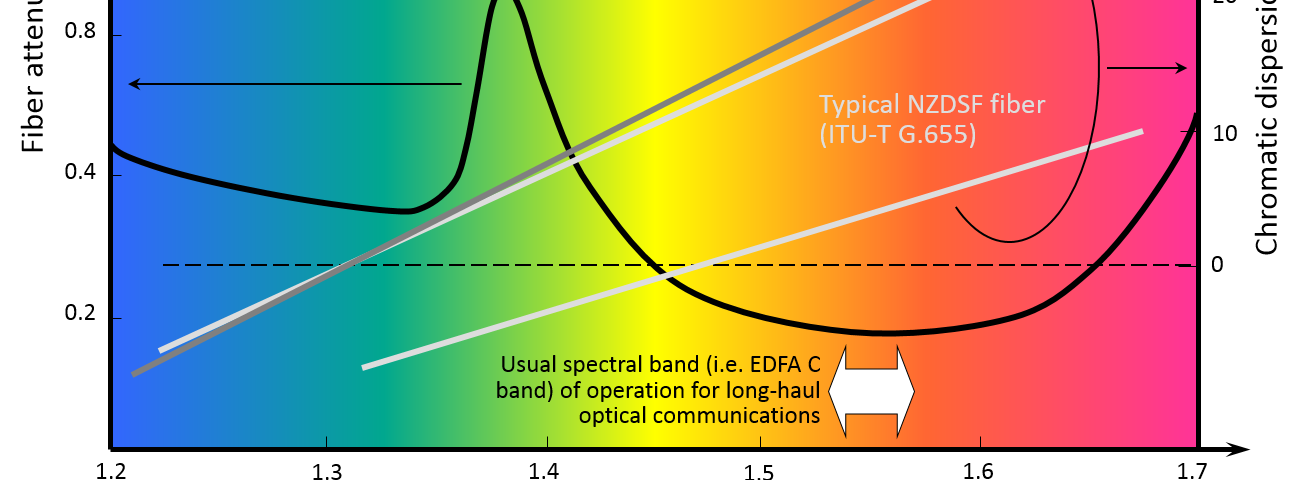We just posted a high-level tutorial about high-capacity optical transport on OpticalCloudInfra website. This tutorial is for the attention of those interested in understanding the basics of the optical transport technology at play in today’s optical networks but who have not a strong engineering background.
This tutorial is divided in three sections:
- The first one is about optical fibers, the basic signal direct modulation/detection scheme, and the comparison between signal regeneration and optical amplification when long distances need to be spanned.
- The second section deals with the assessment of optical communication quality, which can be achieved via the measurements of Bit Error Rate (BER) or Q factor. Q factor adopts the concept of signal-to-noise ratio in a digital signal and is an evaluation method that assumes a normal noise distribution.
- The last part is a short introduction to Wavelength Division Multiplexing (WDM) technology which combines several optical carriers within the same fiber core, leading to multi-terabit capacity per fiber.
While most of today’s long-haul optical networks rely on coherent detection with amplitude/phase modulation, this first tutorial assumes, for the sake of simplicity, the use of amplitude modulation and direct detection (like for 10 Gbit/s carriers). Most of the physical concepts apply to both technologies. Information about coherent technology for optical communications will be posted here soon.
This introduction to optical transport is the first in a series of tutorials aiming at popularizing and explaining the optical communication technologies used for building long-haul, high-capacity optical transmission infrastructure. Stay tuned!
For comments or questions, please contact us.

